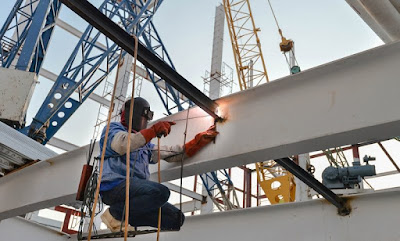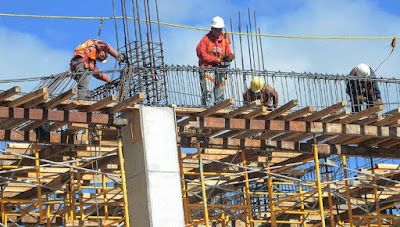Do you have or have a friend who has an air compressor? These units are traditionally used in lots of industrial settings and manufacturing services, and also are located in residential homes and small businesses where they are utilized to inflate vehicle tires and operate air power equipment. The absence of regular maintenance and inspection of air compressors often accident took place.
The phrase “air compressor” is normally utilized to identify the compressor motor along with the air receiver tank. However, formally the air compressor is the motor that compresses air, generally placed on the surface of a vertical, or horizontal air receiver. The compressor motor needs service and maintenance -- go through manufacturer's needs.
Below are a few things you require to understand in case you have an air compressor unit set up in your organization or home:
Drain air receiver tank regular
Water is a normal by-product of compressed air. It usually forms within the tank. The condensation that forms within the tank needs to be drained daily to avoid the buildup of condensation. Water kept undrained in a pressure vessel can cause rust and probable early failure or, at worst, devastating failure from a damaged tank bottom. Owners should consider adding a timed automatic drain so daily draining takes place routinely.Check out regularly
When draining built-up condensation, successfully examine the fluid getting drained. Rusty, scaly water is a positive symptom of active corrosion. If inside corrosion is suspected, take away the vessel from service, take out a plug or fitting from the tank, and confidently examine the inner shell and head areas. The view is restricted and a borescope examination camera may be needed. Outside the body, connection welds obtaining the compressor motor and saddle as well as leg supports must be checked for any early indications of vibration-induced cracking. The tank shell and heads must also be free from any physical damage.Check pressure release valves
The pressure release valve, that protects the air receiver from being over-pressurized, may be compromised through dirt, oil, and other pollutants so it should be regularly examined and tested. Every vessel must have a nameplate that information the highest allowed functioning pressure. Make sure the fixed pressure of the safety valve does not surpass that permitted on the vessel nameplate and ensure that the capability of the safety valve is larger than the capacity of the air compressor.Important thing?
Air compressor tanks may look great on the exterior, but hidden inside damage can cause critical risks. If uncertain, switch your unit. When changing units, always dispose of them appropriately.

View more here: An Ideal Guide to Sizing The Air Receiver Tank
Read more: Promec Engineering Pty Ltd














